Project overview
The QUARREE100 project is funded by the federal government of Germany with 24 Mio. €. It is one of six landmark projects of the Energiewende. Its final objective is to develop exemplary and transferable solutions to energy transition of urban neighbourhoods to 100 % renewable energy. By combining (Sektorkopplung) and integrating heating, cooling, power and by using storage, smart energy conversions and distribution technologies, the highest possible degree of efficiency of renewable energy supply will be reached.
The QUARREE100 project is pursued by a consortium of 20 partners, ranging from small and medium-sized companies, to university institutes, research organizations, municipal corporations and development agencies. The partners have committed themselves to researching and developing models, simulations and actual energy infrastructure for a 20-ha mixed use neighbourhood in the city of Heide by the name of “Rüsdorfer Kamp”. The neighbourhood should be ready to provide space for about 400 residents, small businesses, social enterprises and industry.
The town of Heide itself is a 25 000 citizens community in Schleswig-Holstein, the most northern German Province with the highest installed wind energy capacity per capita in all of Europe. Due to constraints to transmission infrastructure and lack of storage capacity many of the citizens owned wind farms production has to be curtailed during high windspeed periods, leading to an overall economic loss.
The effort of the consortium will therefore be to research, model and build an energy system for the Rüsdorfer Kamp.
Once installed it will not only provide the area with 100 % renewable energy, but, at the same time, deliver an overall system benefit. The Rüsdorfer Kamp will thus be designed as a cellular system serving as a demand-response participant in the regional energy system, i.e. it will be able to store energy when there is a surplus in the regional system and it will - on the other hand - when demand bounces back, deliver the required demand of supply into the very grid.
The consortium is investigating into and designing a range of district heating, combined heat and power (CHP) technologies and energy storage options amongst which hydrogen technologies play a pivotal role. In our models and simulations different hydrolysis and hydrogen storage and logistics technologies will be considered, tested and, if necessary, improved.
Finally, the “Tankstelle der Zukunft”, the „ gas station of the future“ will arise from it as the new power source of the mobility sector. Hydrogen, synthetic green fuel derived from Fischer-Tropsch-Reactors and charging solutions for electric vehicles will be implemented in this new generation of energy supply.





















